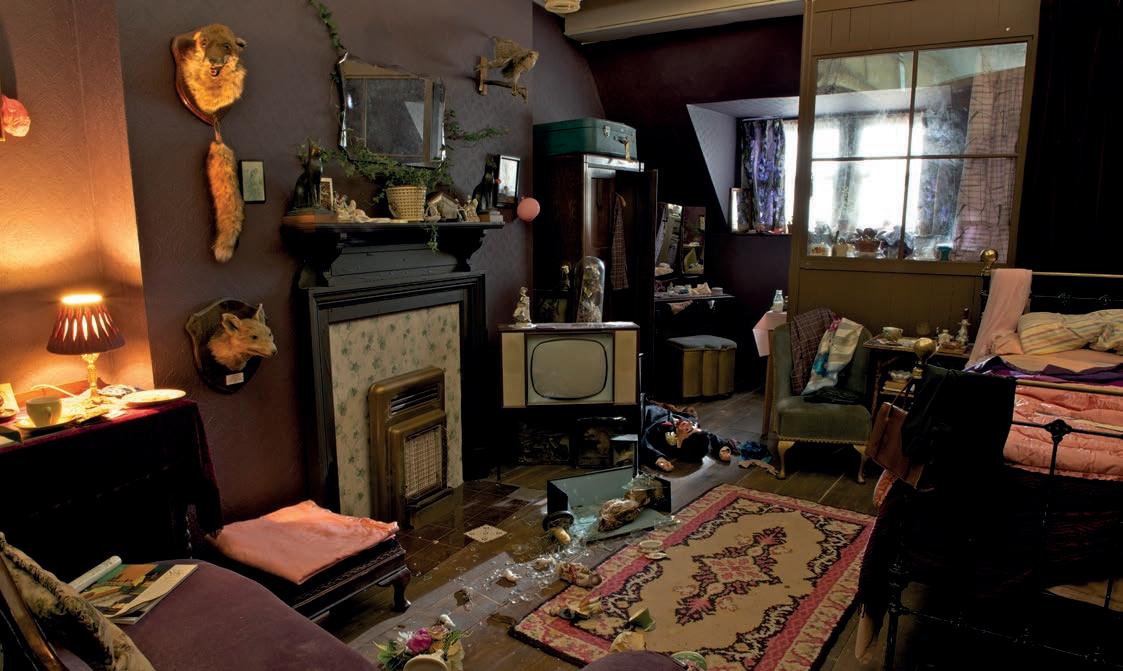
5 minute read
On Location
Why has Ann Quin’s Berg never found the film director it deserves, asks Tim
Brown
Advertisement
A man called Berg, who changed his name to Greb, came to a seaside town intending to kill his father...
In 1964, Ann Quin’s debut novel Berg was published and quickly established her reputation as one of the most intensely original, contemporary British writers. A boarding house in an out-of-season seaside town – never named but clearly Brighton – is the background for this strange and darkly comic oedipal drama about the triangular relationship between hair tonic salesman Alistair Berg, his father and his father’s mistress.
Ann Quin was born in Brighton in 1936. She wrote a further three, increasingly experimental novels, but despite considerable acclaim, she remained one of the best-kept secrets of British literature. She died aged just 37, drowning in the sea off Brighton in August 1973. Recent years have seen a steady revival of interest in her work with her short stories collected together in one volume and a biography in the works.
The early 1960s were a golden age of European art cinema, enjoyed and absorbed by Quin, an avid cinema-goer with an interest in Bergman, Fellini, Antonioni, the nouvelle vague It all proved intensely liberating for a working-class female writer, transcending the prevailing ‘kitchen sink’ social realism.
“I’d love to make a film, if the conditions over here were different. I have a very visual sense: scenes and people become films in my mind.”
Berg started to be optioned for the screen and Ann Quin needed the money as she lived off her writing with no independent means. Meanwhile European directors including Roman Polanski and Francois Truffaut came to work in the capital and with the sixties in full swing, Michelangelo Antonioni
Right annihilation of domesticity Judith and Nathaniel’s room in Berg, a film set-installation by Anna Deamer with CINECITY. The Brighton Film Festival University of Brighton Gallery, 2014
Photo by Bernard Mills arrived to direct his first film in English. It was just after Blow Up had won the Best Film at Cannes in 1967 that Dennis C Lewiston, a camera operator on the film, offered to buy the screen rights for Berg. Lewiston intended to write the script himself and the link with Antonioni seemed like a good omen but like the others, his proposed film of Berg never saw the light of day.
Brighton’s reputation as a town that looks like it is ‘helping the police with their enquiries’ has partly been founded on events such as the infamous ‘Brighton Trunk Murders’ of 1934, when a dismembered woman’s body was discovered in a trunk at left luggage at Brighton railway station. The murders were said to have informed the research for Graham Greene’s Brighton Rock, published in 1938 and also Val Guest’s 1962 film Jigsaw, where Brighton police investigate a dead body hidden in a trunk in Saltdean. They also find an echo in Berg when Aly takes what he believes to be his father’s body wrapped in a carpet, to left luggage at Brighton Station.
Berg’s violent and absurd adventures with a ventriloquist dummy/‘body’ (‘killed’, rolled up in a carpet, pushed into a wardrobe, drowned at sea) contain an element of Ortonesque farce. In 1964, the same year Berg was published, Joe Orton completed his play Loot (originally called Funeral Games) in which the main prop is a dead body, which becomes the subject of much tomfoolery, at one stage stripped naked and hidden in a cupboard. With the Roman Catholic Church especially pilloried, the Lord Chamberlain would only grant the play a licence if the corpse was very obviously a dummy. When Loot was made into a film in 1970 and shot near Brighton Racecourse, the climactic scenes were filmed in Woodvale cemetery where Ann Quin was cremated, her ashes scattered in the Garden of Rest.
Berg eschews the almost documentary realism of Brighton Rock to evoke a more hallucinatory or dream-like sense of place. Ann Quin certainly shared something with Greene; she was educated at the Convent of the Blessed Sacrament in Kemptown and described Catholicism as “a ritualistic culture that gave me a conscience. A death wish and a sense of sin.” a plastic crocodile box … stuffed animals, an owl, a mouse, a fox’s mask…waxen fruit and flowers… Dresden shepherds, faded water-coloured pastoral scenes, the shiny television set...(Berg, p.19)
In the boarding house in Berg, a flimsy partition is all that separates Aly from his father and his mistress in the adjoining room and both bedsits are stuffed full of objects. The American priest and writer Father Andrew Greely wrote that ‘Catholics live in an enchanted world,’ in which all objects – not just rosary beads and bottles of holy water – are sacramental. Just as in the films of Alfred Hitchcock (a fellow Catholic), where many objects seem to be imbued with forces beyond the physical realm, so the objects in Berg possess a similarly highly-charged quality.
At the climax of the novel, the mass of objects, the multitude of props, are trashed in a final ‘annihilation of domesticity’ One can imagine a film of Berg, at least one true to Quin’s vision, joining a distinctive group of films from this era that explored psychologically charged, uncanny interiors such as Repulsion, Samuel Beckett’s Film (1965) and Jan Svankmajer’s The Flat (1968): rooms fighting back and taking on a life of their own, walls closing in.
Towards the end of her life Ann Quin was writing plays for television but they remained unfinished. Her obituary in The Times confidently stated that a ‘film of
Berg is to be made soon’, but it was fully 25 years after her debut was published that the only screen adaptation of her work appeared. Killing Dad or How to Love Your Mother, a film loosely based on Berg, directed by Michael Austin, was released in 1989, but as there was precious little of what made the novel so original and compelling, in a sense it remained unmade. It was shot in Southend-on-Sea, as Brighton was already by then too smartened up and not seedy enough. Despite an excellent cast featuring Julie Walters, Richard E Grant, Denholm Elliot and Anna Massey, the film was savaged by the critics:
‘ The best thing about Killing Dad … is probably the title’. Years later in an onstage interview at the National Film Theatre, Richard E Grant declared that it was one of the biggest disappointments of his career.
Tim Brown is director of CINECITY The Brighton Film Festival
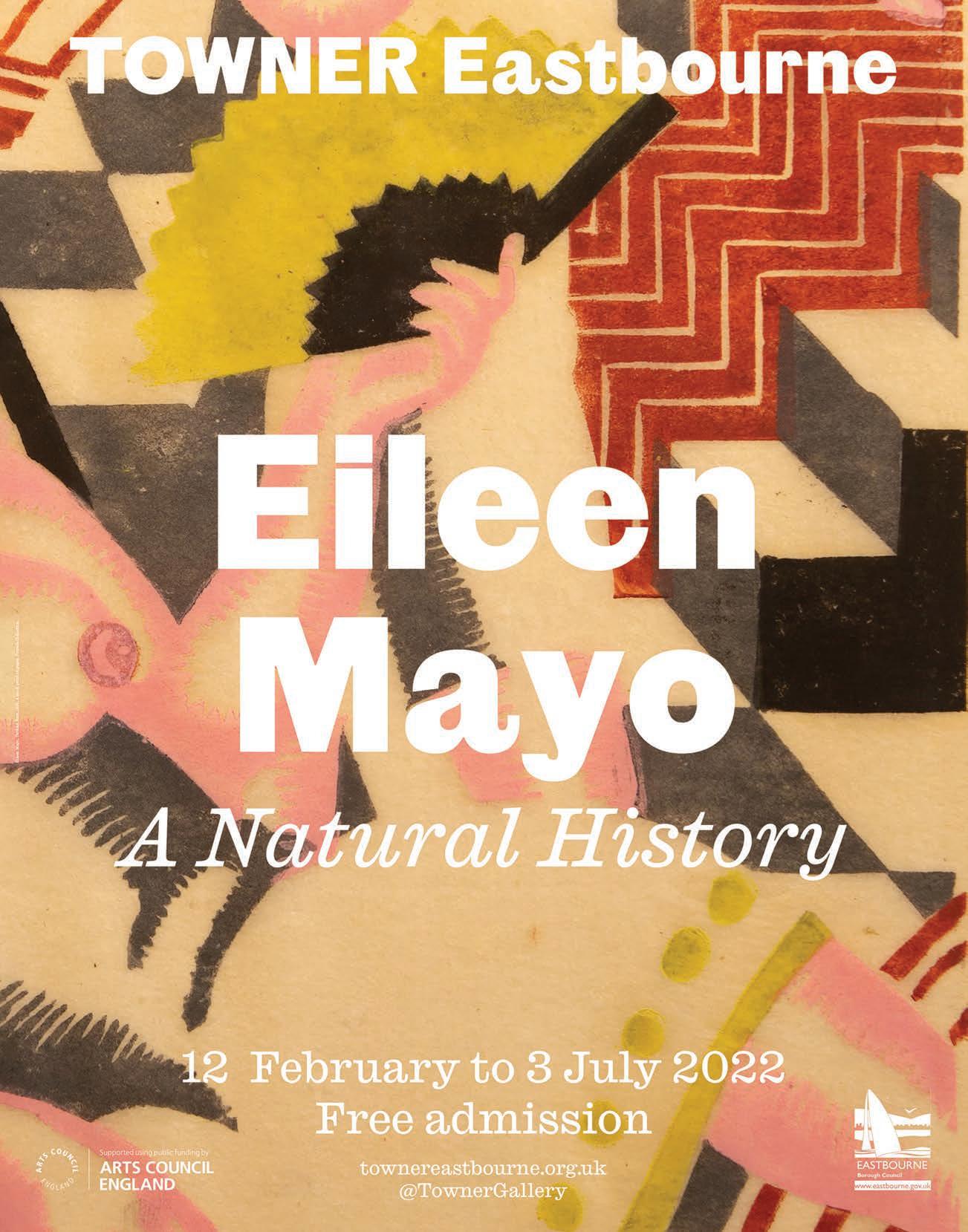
From The Rusty Café IAN CAWS
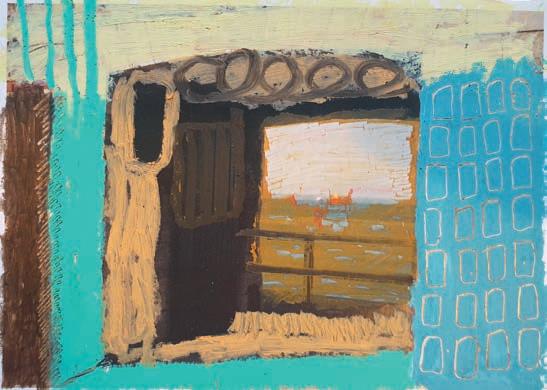
A still boat on the bracelet of water and on the promenade people dancing. The duo will keep playing till later in the rusty café while the inching tide tempts paddlers where they can still be heard beneath a soft sky and stars that grow hard.
And if there are people on the still boat they do not dance on the quiet water and to the fish they do not offer bait or not that I can see. It grows lighter inland or maybe those are village homes where altered music laces other dreams.
Ian Caws’ poem will also be published in the forthcoming 100th issue of the bi-annual poetry magazine The Frogmore Papers (on sale from Skylark in Lewes or by subscription from frogmorepress.co.uk) in September. Thanks to editor Jeremy Page.
Leap Then Look Art School at
Phoenix Art Space, Brighton
An innovative contemporary art school for children aged 8-14 leapthenlook.org.uk
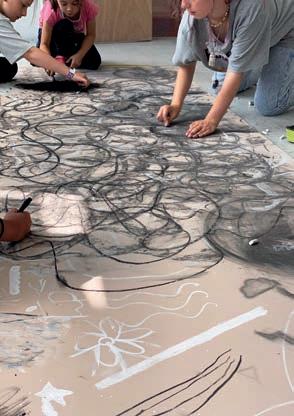
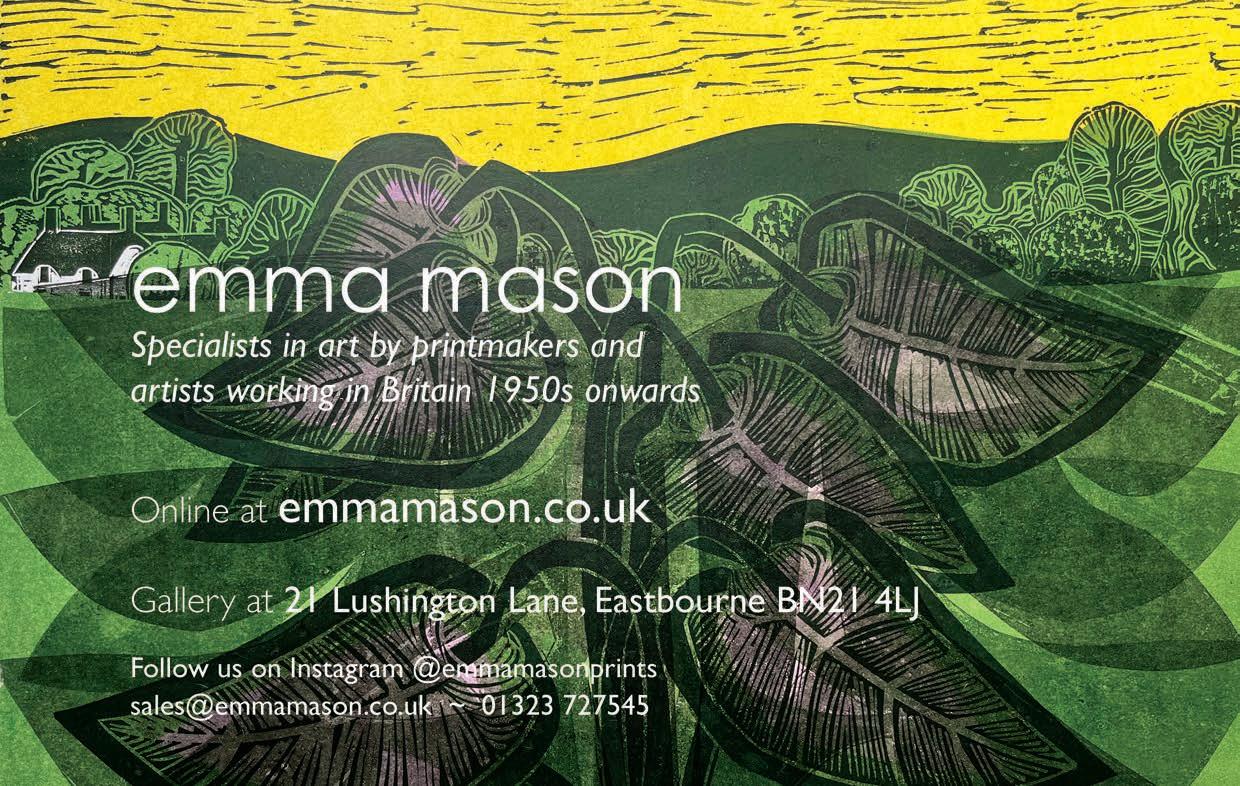
Our art school is a chance to explore new ideas and ways of making art in a fun, supportive and collaborative environment, developing skills, confidence and friendships. Participants will work with experienced professional artists, using exciting and unconventional approaches, including object making, performance, installation, film, and photography.
It runs during the summer, half-terms and Easter Holidays. Booking information is available on the Phoenix Art Space website. Follow us on Instagram @leap_then_look for updates.











